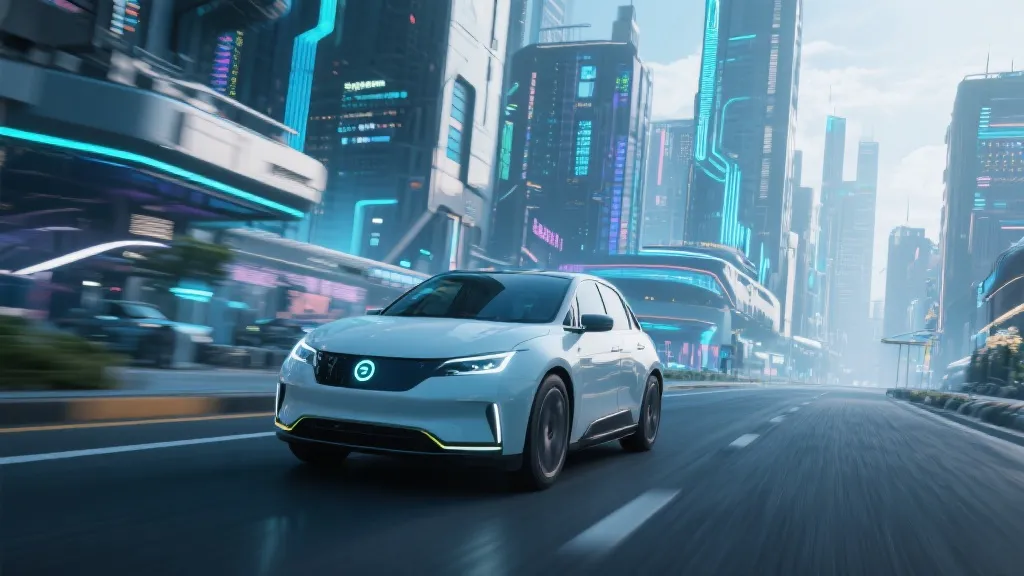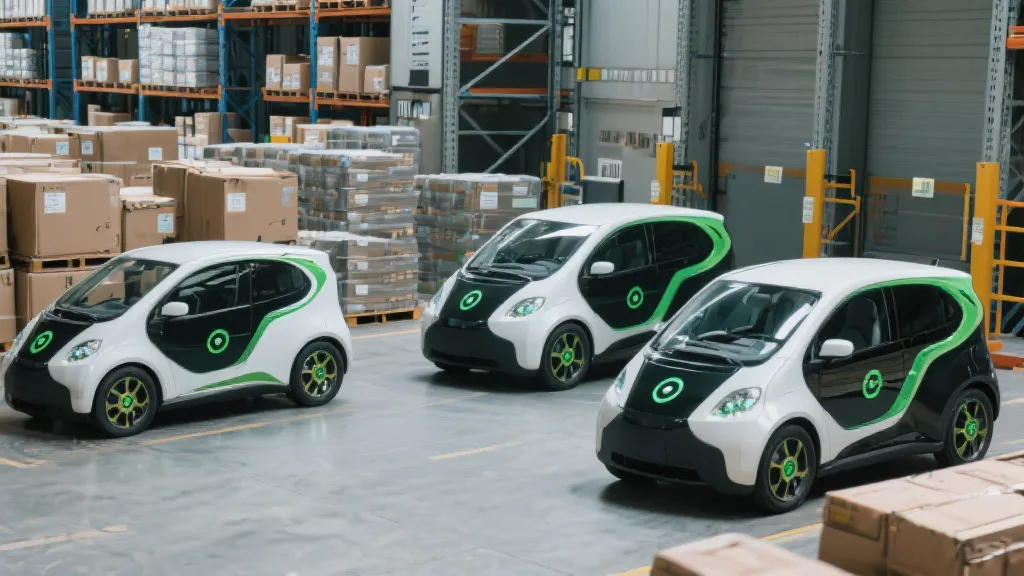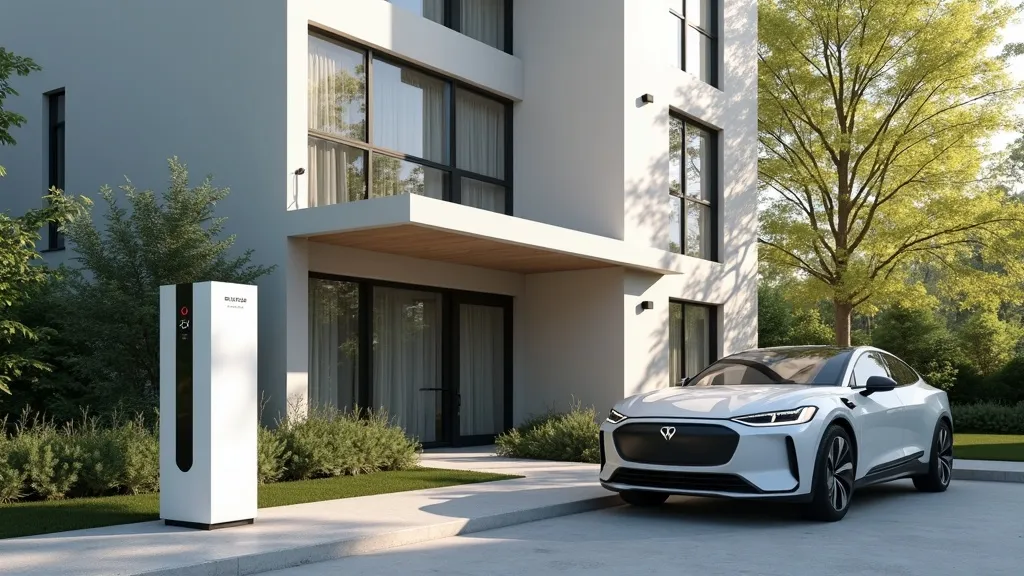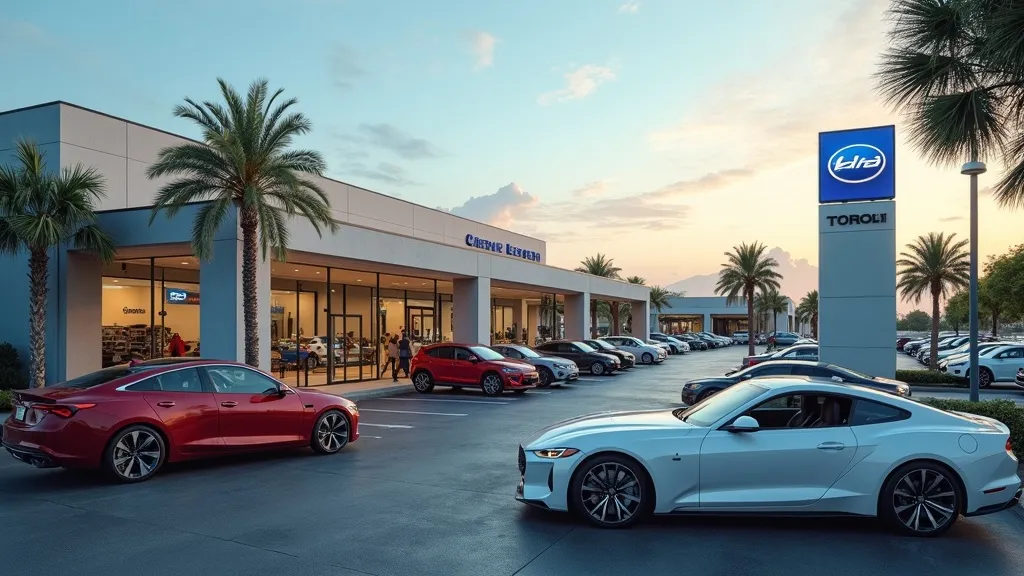Installing Charging Stations in Shared Homes
This guide provides insights into the installation of electric vehicle charging stations in shared residences, a process crucial for enhancing the convenience and feasibility of owning electric cars like the Chevrolet Bolt EV, Nissan Leaf, and Hyundai Kona Electric. Understanding the complexities of setting up a charging infrastructure is essential as electric vehicles become more prevalent.
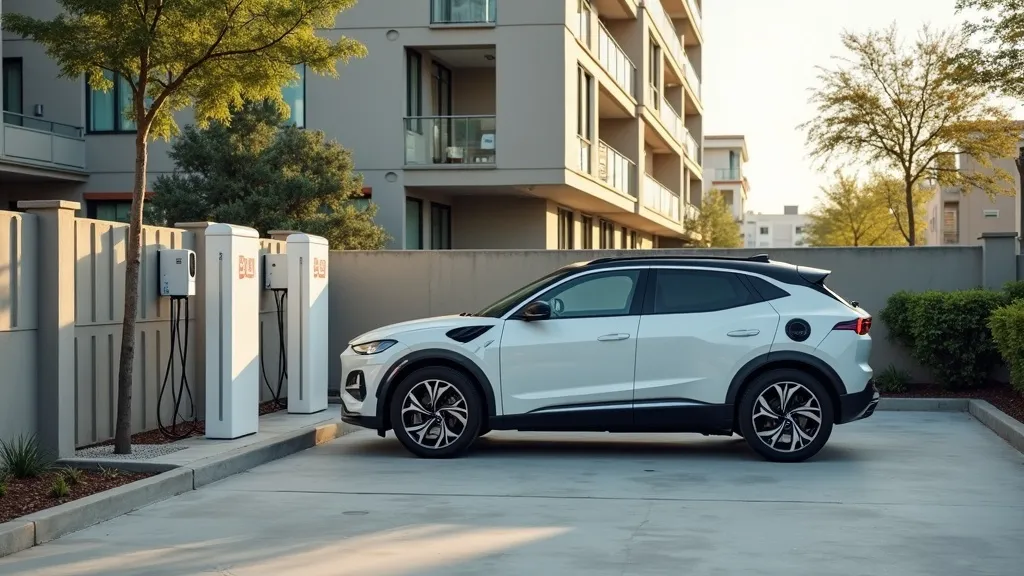
Introduction to Electric Vehicle Charging
The transition to electric vehicles (EVs) marks a significant shift in personal transportation, offering a sustainable, cost-effective alternative to traditional gasoline-powered cars. A vital aspect of owning an EV is the convenience of charging, which often necessitates the installation of a charging station at home, especially within shared residential settings. This article explores the intricacies involved in the installation of an electric vehicle charging station in a shared home, addressing the various challenges and benefits associated with the process and how it can facilitate a smoother transition to eco-friendly transportation.
Understanding the Need for Charging Stations
With the rising popularity of electric vehicles such as the Chevrolet Bolt EV, Nissan Leaf, and Hyundai Kona Electric, a reliable and convenient charging solution has become indispensable. Unlike traditional vehicles that can simply pull into a gas station, EV owners often require dedicated infrastructure to facilitate charging at home or in their residential complexes. When multiple households share a residential facility, the need for a comprehensive charging strategy becomes even more critical. Each household may have different charging needs based on their daily driving habits, making shared charging arrangements both complex yet vital for maximizing EV adoption.
Challenges in Shared Residential Settings
Installing charging stations in shared homes involves unique challenges. Frequently, conflicts may arise around property management, availability of electrical resources, and equitability in charging access among residents. Furthermore, many older buildings may not be equipped with the necessary electrical infrastructure to support multiple EV charging stations, necessitating upgrades that may involve significant costs and planning. Property managers and homeowners associations often need to mediate and create fair usage policies, ensuring that all residents have equal access to charging resources. Additionally, common areas may require dedicated spaces for installation, which might need coordination with local authorities and compliance with safety regulations.
Advantages of Home Charging Infrastructure
Installing a charging station in a shared home enhances the convenience of owning an electric vehicle, ultimately increasing its attractiveness. Several advantages are associated with having local charging solutions:
- Cost Savings: Home charging can significantly reduce fuel costs as electricity is generally cheaper than gasoline. Additionally, EV owners can take advantage of off-peak electricity rates, further enhancing savings.
- Time Efficiency: Charging at home eliminates the need for time-consuming visits to public charging stations, allowing drivers to simply plug in their vehicles overnight or during downtimes.
- Environmental Impact: Home charging often allows users to harness renewable energy sources such as solar power, contributing to a decrease in carbon footprints and promoting a cleaner environment.
- Increased Property Value: Installing charging stations can positively affect property values, as prospective buyers increasingly view charging capabilities as a desirable feature in residential properties.
Steps to Install a Charging Station
To install a charging station in a shared home, residents must follow several key steps:
- Comprehensive Assessment: Begin with a detailed assessment of the existing electrical infrastructure. This involves determining the available electrical load capacity, reviewing existing amperage and voltage levels, and assessing whether the current system can handle additional load. Engaging a certified electrician is recommended to carry out this evaluation.
- Compliance Check: Ensure compliance with local regulations and safety standards, which may involve reviewing local building codes or utility requirements that govern the installation of EV chargers.
- Seek Approvals: Depending on jurisdiction, approvals from homeowners or condominium associations might be necessary. Engaging with these governing bodies early in the process can facilitate smoother arrangements.
- Design and Planning: Plan the layout and installation locations of the charging station(s). This may involve discussions regarding shared access to charging stations, payment structures if charging fees are involved, and duty rotations on using communal resources.
- Installation: Hire professional installers who specialize in EV charging stations to carry out the work. They can ensure the installation is done safely, utilizing high-quality components that meet industry standards.
- Education: Educate residents on how to utilize the charging stations effectively, including understanding charging times, connector types, and best usage practices.
Electric Vehicles with Zero Down Payment Options
Many electric vehicle manufacturers provide financing options that allow consumers to purchase an EV with no down payment, making the shift to electric cars more financially accessible. These offers can significantly reduce the barrier to entry for consumers hesitant about upfront costs. Here, we detail several popular electric vehicles that come with such financing opportunities:
| Vehicle Model | Key Features | Financing Terms |
|---|---|---|
| Chevrolet Bolt EV | Long-range battery, advanced safety features, and spacious interior | Zero down payment, subject to credit approval |
| Nissan Leaf | Efficient drivetrain, modern tech features including ProPILOT Assist | Zero down payment and interest-free financing available on select models |
| Hyundai Kona Electric | Versatile SUV design, generous cargo space, user-friendly infotainment system | Zero down payment, low-interest financing options available |
These vehicle options help prospective buyers enter the EV market with minimal initial investment. Additionally, various state and federal incentives can further ease the financial burden of acquiring electric vehicles, which can lead to significant savings in the long term.
How to Buy an Electric Car with No Down Payment
Opting for an electric vehicle with financing options such as zero down payment is a strategic way to enter the EV market without a significant initial financial commitment. Here’s how potential buyers can navigate this purchase smoothly:
- Research Available Options: Start by researching different manufacturers and their offers, comparing models and features, and understanding the specific terms associated with zero down payment financing.
- Evaluate Financing Terms: Read the fine print on financing agreements closely. Understand how interest rates play into the overall cost of the vehicle over time, especially if there are deferred payments involved.
- Check Personal Credit: Assess personal credit profiles to better understand eligibility. Good credit scores can improve the terms of financing and make the process more straightforward.
- Gather Required Documentation: Prepare all necessary documentation that lenders might require during the financing process, including proof of income, identification, and credit history.
- Consult with Dealers: Reach out to multiple dealers to inquire about any promotions they may offer, and negotiate terms that work best for your financial situation.
Transitioning to electric vehicles via financing options can provide consumers with an affordable path to sustainable transportation, particularly in environments increasingly focused on reducing their carbon footprint.
FAQs
- Q: What are the primary considerations for installing a charging station in a shared residential building?
- A: Key considerations include electrical infrastructure assessment, compliance with local regulations, assessing existing utility configurations, the cost of installation, and managing communal access to the charging stations.
- Q: How can residents manage electricity costs associated with home charging?
- A: Residents can manage costs by scheduling charging during off-peak hours when electricity rates may be lower, utilizing smart chargers that optimize charging schedules based on energy pricing, and employing energy audits to identify savings opportunities within their individual units.
- Q: What should residents do if there are disputes regarding shared charging access?
- A: Residents should engage in a discussion with their homeowners association or property management to mediate unresolved disputes, facilitating a collaborative approach towards establishing shared usage policies.
- Q: How can residents ensure the charging stations meet safety standards?
- A: It is crucial to hire certified electricians and ensure that installations meet local and national electrical codes. Regular maintenance and inspections can also uphold safety over time.
- Q: Are there any government incentives for installing EV charging stations in residential areas?
- A: Yes, in many regions, government incentives such as tax credits, rebates, or grants are available for residents to adopt EV charging infrastructure, decreasing overall installation costs.
Conclusion
Installing an electric vehicle charging station in a shared home is an investment that significantly enhances the convenience of owning an electric vehicle. The process requires careful planning and collaboration with utility providers and property owners. By understanding the financial options available, such as zero down payment offers, consumers can make the transition to electric vehicles both practical and economical. As the demand for electric vehicles continues to rise, the infrastructure supporting them will be key in shaping a sustainable transportation future.
This transition not only benefits individual households but is instrumental in fostering an environmentally responsible community ethos. The adoption of electric vehicles paired with accessible charging solutions represents not just a change in how people view personal transport, but also a paradigm shift toward a more sustainable future for upcoming generations.
Disclaimer: The above information is sourced from online resources as of October 2023. For the most accurate and current information, please refer to the official websites mentioned in this article.
Reference Links:
- [Chevrolet Electric](https://www.chevrolet.com/electric)
- [Nissan Global Technology](https://www.nissan-global.com)
- [Hyundai USA](https://www.hyundaiusa.com)
-
1

Ultimate Feast for the Eyes: Top Cooking Shows Every Foodie Must Watch!
-
2

Maximize the Lifespan of Your New Dental Implants with Expert Care Tips
-
3

Ascending with Ease: The Revolutionary Journey of Stair Lift Technology
-
4

Maximizing Your Walk-In Tub's Lifespan: The Ultimate Guide to Enhanced Performance and Durability
-
5

Unlock Bigger Savings: Master the Art of Using Your Gas Rebate Card!





